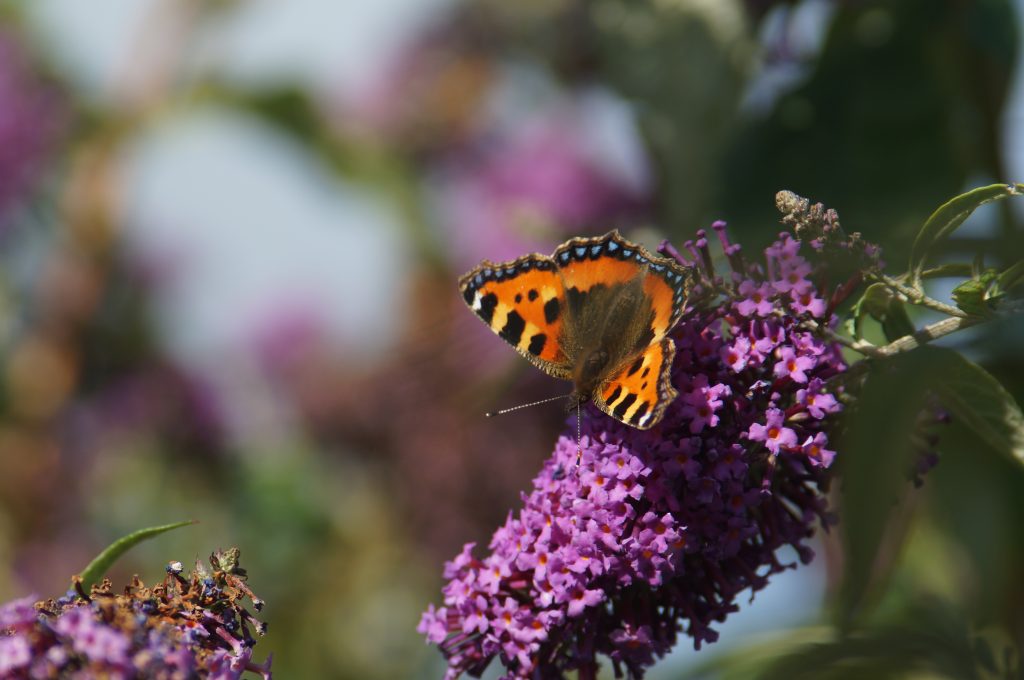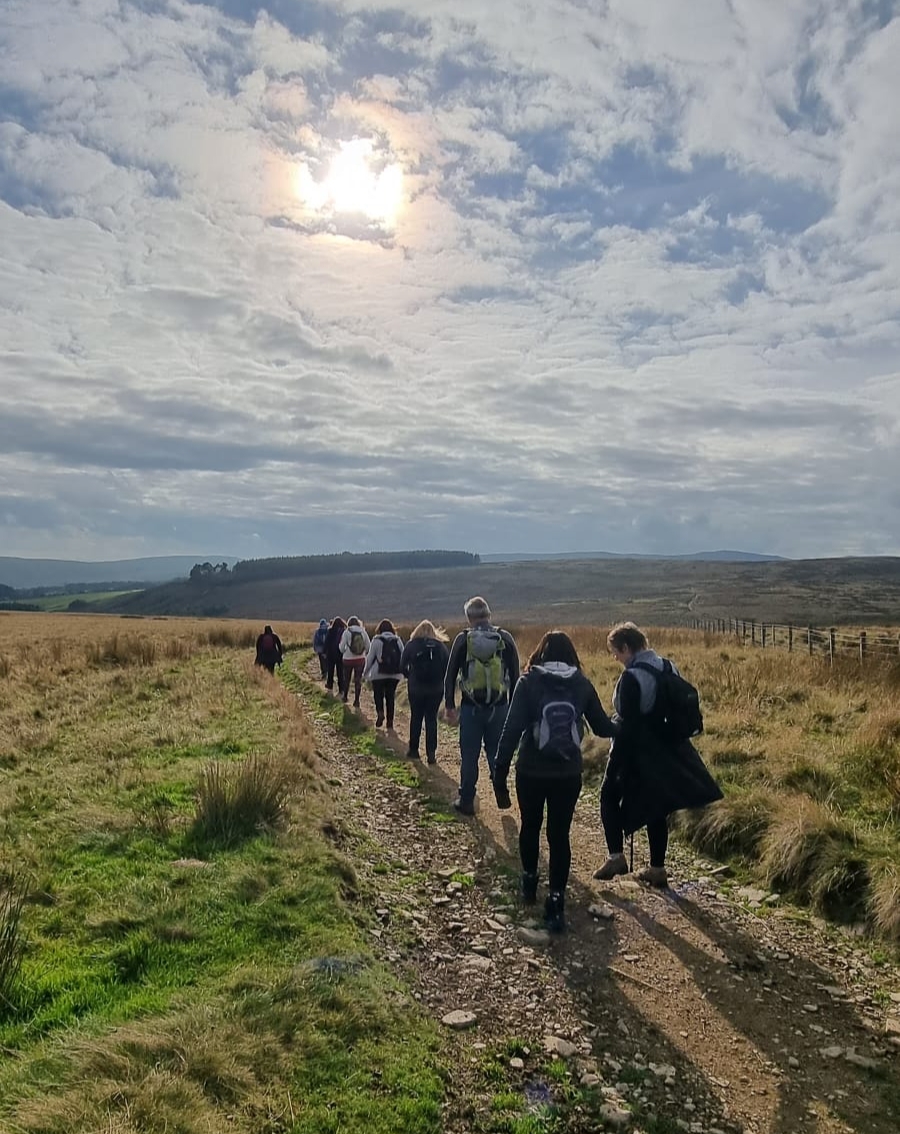Mindfulness at Christmas

Why you should practice mindfulness at Christmas
What is Mindfulness? Let’s start with the definition of mindfulness that I work with: “Knowing what is happening, when it is happening and without preference.”
Practicing mindfulness leads us into a state of being, as opposed to doing. It involves a method – the “knowing what is happening, when it is happening” part – and an attitude – the “…without preference” part.
Anyone who has sat in silence, for longer than five minutes, to pay attention on purpose to what is going on in the mind, might have an inkling that it can often be far less than straightforward! Before we know it, we have disappeared down a rabbit-hole of To-Do lists; re-runs of events we wish had happened differently; things or people it is utterly imperative that we have/do in our life and well, perhaps you know just how the rest goes.
Before long, we find ourselves feeling as though we have been tumbled in one of those old chemistry set stone-tumblers, are feeling well and truly “beaten up”, have disappeared down a spiral into “not-so-Wonderland” feeling as though we have shrunk to a size far smaller than our usual self. So, this is “situation normal” for when we pay attention to what happens in our minds for longer than 5mins – it’s all totally ok, although it might not feel like it.
If we are going to manage to willingly stay put beyond the five minute mark, it helps to work with the part of us that tends to end up “running amok” in there, while we are doing our best to maintain our “buddha-like” position on the cushion.
Here is where the “…without preference” part comes in: we learn to understand and gradually work with, or “train”, the part of us that either likes or dislikes what is happening in our experience, at the moment it is happening.
In this way, over time, we learn to approach what’s here with an attitude of accepting and allowing. As you might now be thinking, this can take time – some would say a lifetime, but research has found that the learning of the method and attitude tends to take an optimal time of 8-10weeks. This is about the time it takes for the laying down of new neural pathways, underpinning new habits – and here we are talking about the habit of practicing “knowing what is happening, when it is happening, without preference”!
Why is practicing mindfulness particularly important throughout the Christmas season?
Christmas may be a time of many neatly or not-so-neatly wrapped packages: and the festive season, itself a combination of end-of-year To-Dos; celebrations with many cultural overlays; or more personal emotional overlays like loneliness and grief; and seasonal fluctuations affecting the daily rythmns of those of us in the Northern Hemisphere – the season of “Ho Ho Ho!” can often seem like one enormous, disastrously-wrapped package, ready to defeat the most organised, “got-it-together” and seasonally-adjusted of us – but hey, Dear Reader, you already know that!
If we add the mind’s stone-tumbler tendencies into this not-so-small-and-neat package, perhaps even the calmest of us can find the Christmas period tricky to get through. There may not be time to complete an 8wk course before Christmas, but here are some mindfulness-based techniques you can use to help you get through Yuletide:
No.1: Just breathe! I’m aware how cliché that may sound, but our breathing offers a direct route to the parts of our nervous system that either energise us or calm us, so we can reconnect with ourselves and others. The trick is to become aware of our breath and to regulate it, or make the in-breaths the same in length as the out-breaths. You may already be aware, there are many and diverse breathing techniques, serving just as many purposes: in mindfulness practice, we start with regulating the breath and just that alone, can help us regain a sense of balance and calm. Here’s how to do it:
- On your next in-breath, slowly inhale to a count of 3 or 4
- On your next out-breath, slowly exhale to the same count
- Breathe in this way for a about a minute, or more if you have longer
- As you continue in this way, expand your awareness to include the body, nothing fancy, just noticing you’re inhabiting one!
- After a short while, allow your attention to come to rest gently on the outbreath, as if it’s a stepping stone…
- Noticing after a few outbreaths, how the body lets go a little as it breathes out…
- Just gently, letting the mind drop into the body as it breathes out, feeling into the points where the body makes contact with the surface it’s resting on.
- Bring that re-embodied breathing into the next part of your day.
No.2 – Anchoring Touch:
This moment is a gift, that’s why they call it the present! Direct experience through the 5 senses brings us into the present and the quickest can be touch – something we can feel with hands/fingertips. We can do this anytime or place, we can make it discreet as well, so you don’t end up having to explain what you’re doing. Try it when you’re: washing up; decorating the tree; peeling potatoes; wrapping presents – use the sense of touch. For Anchoring Touch, I find working through structure, texture and temperature a great way to take myself through the technique:
- Structure: As you move your hand over it – does it feel big or small? Does it feel hard or soft?
- Texture: Is it rough or smooth? If it’s rough – are there patterns you can feel? Are there raised lines, or bobbles etc? If it’s smooth – does it feel matt, silk or glossy smooth?
- Temperature: Does it feel cold, cool, warm or hot to the touch? Etc.
- Now: notice whether you feel back in the present…
- Bring this re-embodied awareness into the next part of your day. Repeat as necessary!
No.3 – Mindful Walking – a trip upstairs will never be the same again!
- Find a space, a room in your house will do – and choose a walking lane, where you can walk 4 paces in one direction or another.
- Notice you are inhabiting a body, gently taking your attention through head, shoulders, torso, legs and feet. Noticing the body breathing itself – you can just rest with the breathing for a moment if you like.
- Now decide to take a few paces along your walking lane: with no goal in mind, just enjoy the sensations of moving. What does the movement feel like? Noticing the rolling of the body as you shift your weight from one foot to the other? Notice how the shoulders are feeling – check in with the breathing – just give yourself this moment to re-source.
- Bring this re-embodied awareness into the next part of your day.
No.4 – Go Outside!
Just take five or ten mins outside: breathe in the air, look around, notice what you can see and hear – we are more aware these days of the benefits of being in nature. You can also do any of the above practices outside and double the benefits.
No.5: Don’t sweat it!
Give yourself a break, you don’t need to Be Perfect – Good Enough is plenty good enough, so don’t sweat it, just breathe through it!
So, why not experiment with these tools and tips and – as the song goes – have yourself a very mindful Christmas now! For more information on mindfulness courses and events click here.


